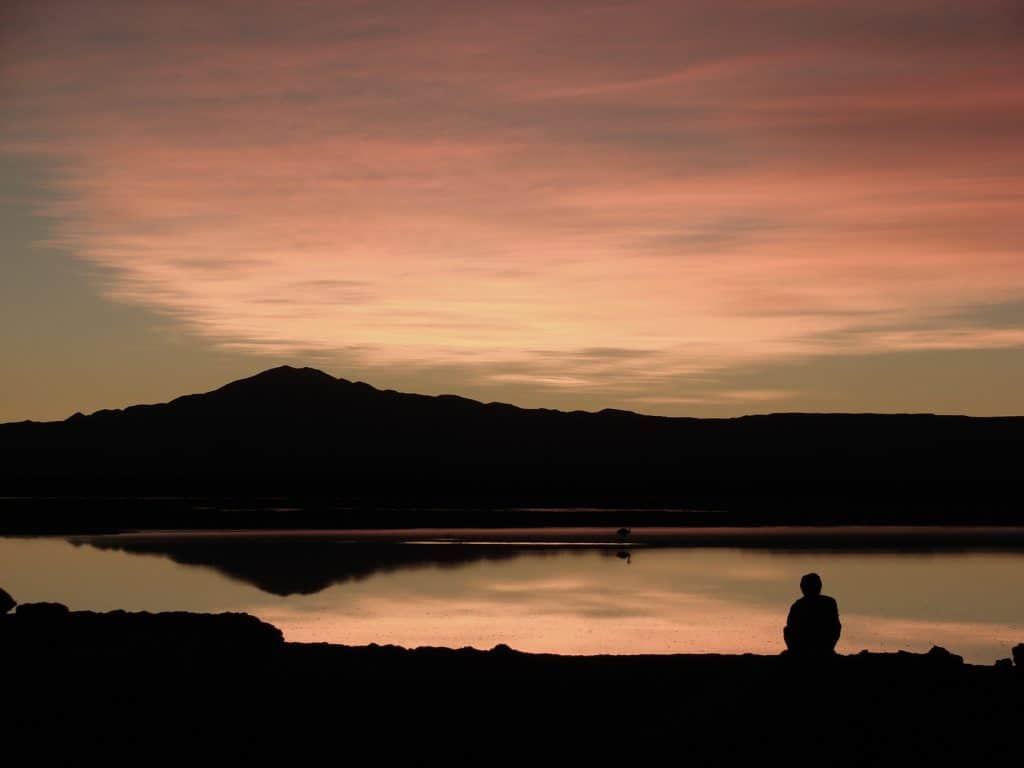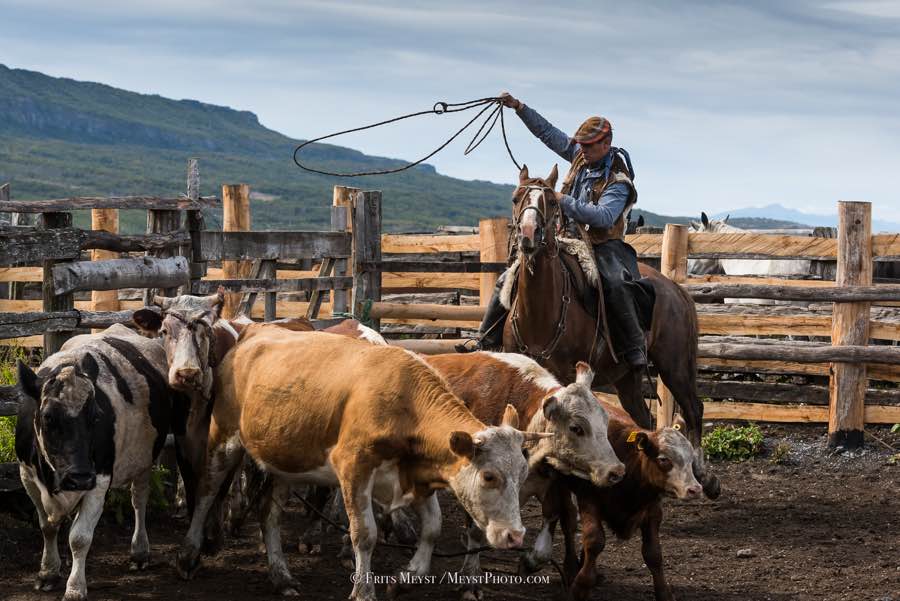It’s decided, this year, you’re going to Chile. After watching reports on Patagonia and hearing passionate bloggers enthusiastically tell of their discovery of the Andes, you too, want to come to tread this land full of contrasts. However, before going head to head in planning your itinerary, there are some practical points you need to consider. In order to help you, here is the important information you will need for a successful stay in Chile.
Practical information Chile : The different regions and their climate
As you certainly know, Chile is a long country bordering the Pacific Ocean in the West, and Argentina and Bolivia in the East. In the south of the country, in the Patagonian zone, the temperatures are rather cool and wet, while in the North, there is an extremely arid desert. Between these two opposites, the 16 regions that total Chile, have climates and reliefs very varied. This is due to the presence of the Andean Cordillera combined with that of the ocean and fjords, which greatly modulate the amount of rainfall and temperature. But to be a little more precise, let’s look in detail at the regions of the country according to the climatic zones.
The desert regions of the North
On the border with Peru and Bolivia, just north of Chilean territory, the small region of Arica and Parinacota is the entrance to the desert. Its oceanic part is quite temperate and pleasant, but getting closer to the Andean Cordillera and the altiplano, the climate becomes drier, with big amplitudes of variation of the temperatures between the day and the night. This region therefore has a rather uneven climate overall, and a significant diversity of landscapes (volcanoes, highlands, lakes, coastline, valleys…). Be careful, however, of heavy rains on the east coast during the summer.
But descending towards the South, in the regions of Tarapaca, Antofagasta and especially Atacama, the desert settles as far as the eye can see. The oceanic part of these regions is obviously the most lenient in terms of temperature, but almost all of the area is deprived of precipitation. This is the most glaring in the area between the heights of the Andean Cordillera and the Cordillera of the coast. Indeed, the clouds are stopped in their race on each side of these giant natural walls, and no drop of rain can reach the arid soil. This creates a spectacular, almost lunar, scenery that many visitors come to admire around San Pedro de Atacama. Salars, rare animal and plant, and significant geothermal activity are found here.
Continuing south in the region of Coquimbo, we gradually leave the desert area, to find rainfall sometimes weak, sometimes torrential. This gives plants the opportunity to grow very quickly when the right conditions arise. There are also steppes rather cool at high altitude, and coastal communities that enjoy a climate much appreciated by holidaymakers. This is, for example, the case of La Serena, a seaside resort that attracts many Chileans during holidays.
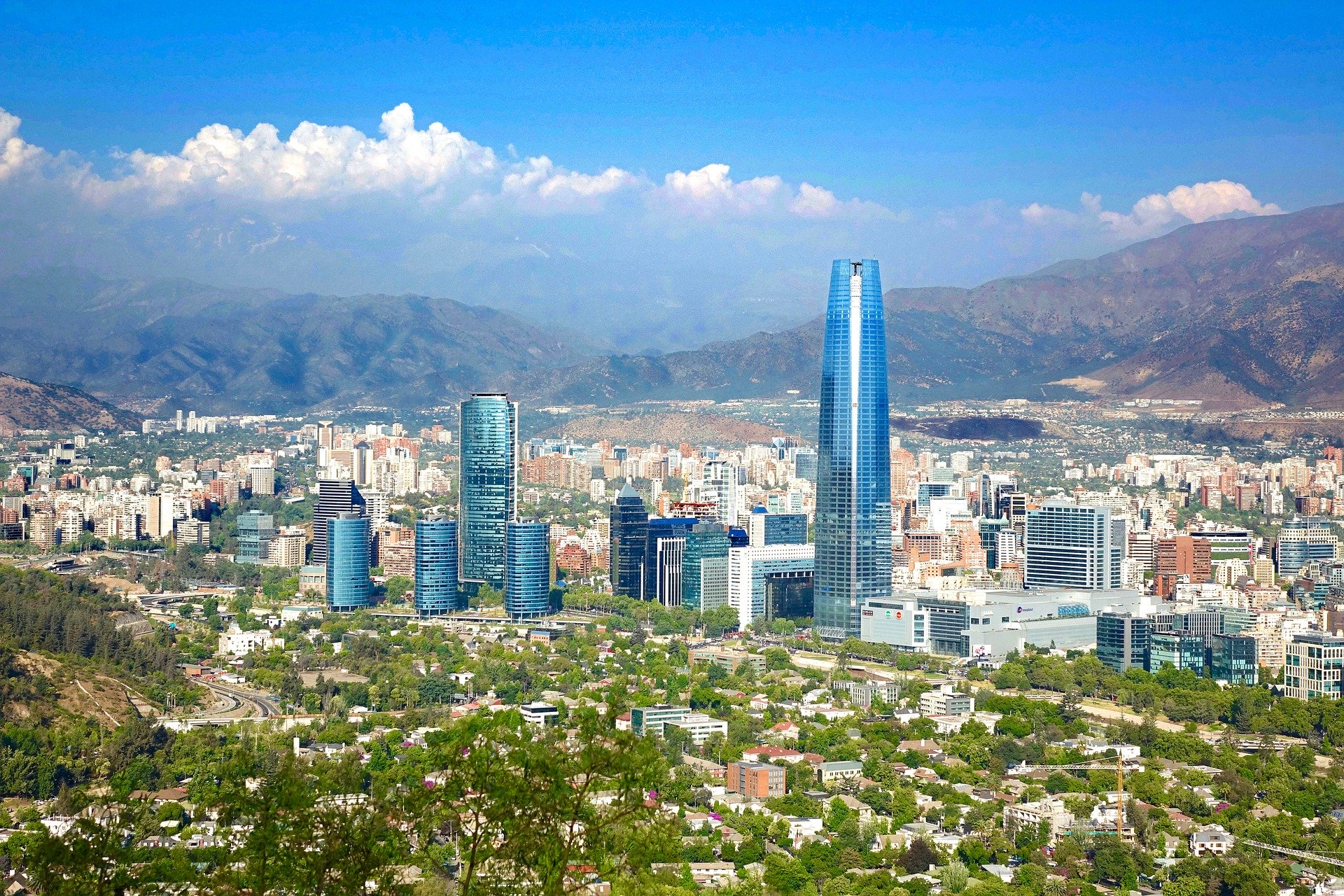
The Metropolises of the Center
We are now in the central part of the country, where the majority of the inhabitants live. The region of Valparaiso, and the Metropolitan of Santiago are major urban centers. The first is known for its commercial port, its beaches, the city of Viña del Mar and its sweetness of life, as well as the Easter Island to which it is attached. The main attraction of the Metropolitan Region is obviously the Chilean capital, Santiago. Temperatures are rather mild, although winter can be a little cool with temperatures below freezing. The center of the country is in a way a balancing point between the desert climate of the North and the icy and humid South.
The fertile and temperate regions
The Southern provinces of the capital are mainly oriented towards the production of wine and cereals. This is made possible by the Mediterranean-type climate found in the regions of Libertador General Bernardo O’Higgins, Maule, Ñuble, Biobío, and Araucania. Few tourists come to visit this area yet welcoming and authentic, where food is plentiful. Araucania, meanwhile, is a very interesting territory that is home to magnificent national parks, and is the place of life of the Mapuche population. This People of the Earth is very old, and despite the historical persecutions, its members have kept a traditional way of life.
Southern wetlands
The closer you get to the southern tip of Chile, the more moisture there is. This is why this area has given the regions of rivers and lakes. Here, do not be afraid to be watered. But if it does not bother you to wear a raincoat, you will have the pleasure of discovering beautiful and very green landscapes. The most beautiful natural sites are, without a doubt, the island of Chiloe, the fjords, and the Llanquihue lake which borders the Osorno volcano. This is also where the Carretera Austral, a legendary route from Puerto Montt to Patagonia, starts.
The cool Patagonia
Finally, we arrive at the very end of Chile, in the Patagonian regions of Aysén del General Carlos Ibáñez del Campo, Magallanes and the Chilean Antarctic. It is very cold and very humid, with an icy wind blowing constantly. But if you manage to ignore the climate, you will take full eyes. It is not easy to reach these scattered regions in a multitude of islands, but the displacement is worth a look. So, arm yourself with a warm parka and unwavering determination, and dive into the heart of the mysterious Patagonia. The main tourist attractions are the Torres del Paine Natural Park, the Strait of Magellan and its wildlife, the fjords, Tierra del Fuego, and organized excursions to Antarctica.
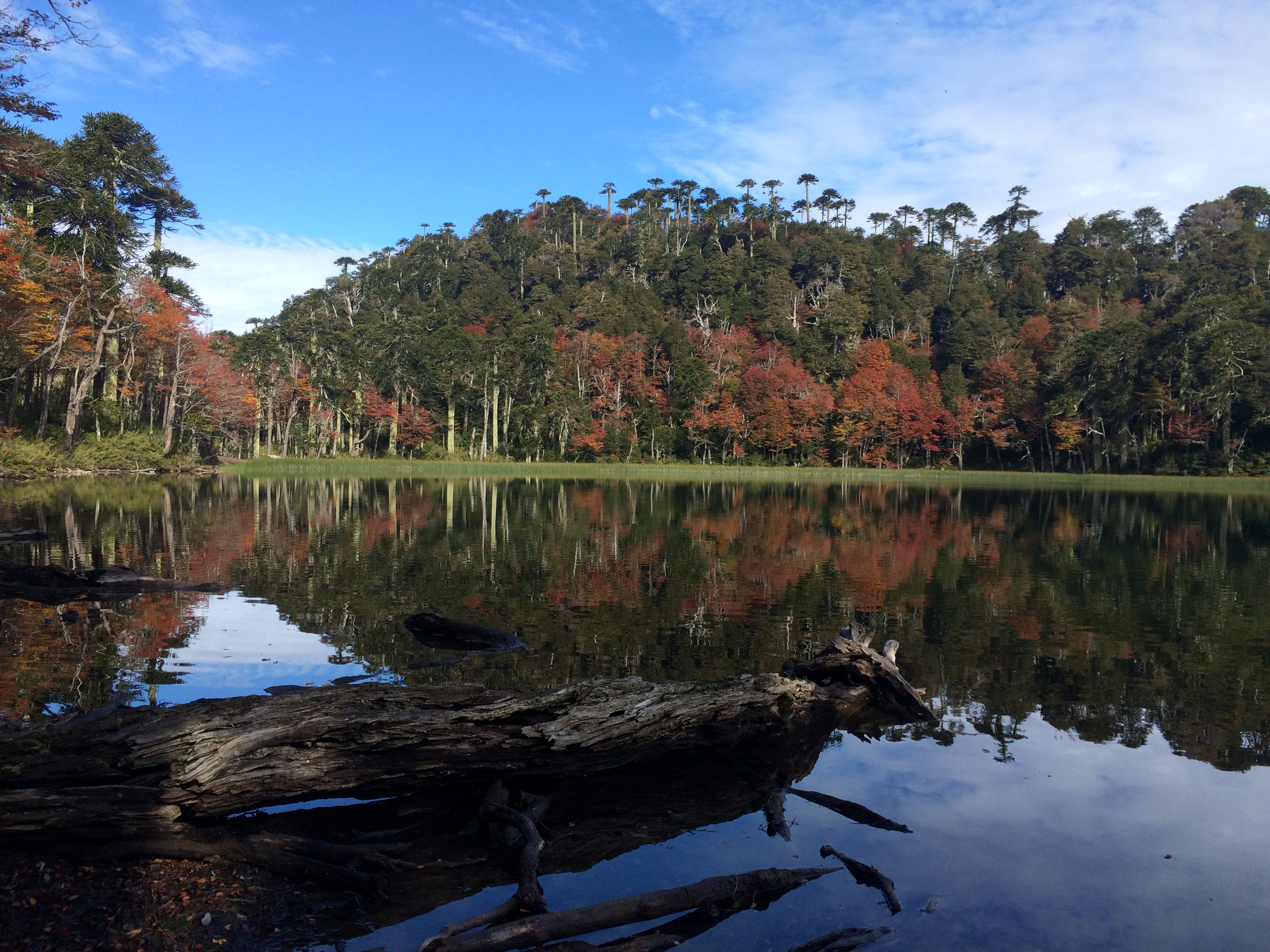
Practical information Chile : The best time to visit
In view of the considerable variations of climate on the whole Chilean territory, it is not easy to advise a perfect period for a successful stay. However, you are unlikely to explore every region in a few days. You will need to precisely target the activities that interest you and determine which area you want to visit first.
To give you some pointers, let’s start with essential information. Chile is located in the southern hemisphere, which means that the seasons are reversed compared to the northern hemisphere. Winter is in July and August, and summer in January and February.
Overall, avoid winter in the southern part of the country, and focus on the months of December, January and February. You will not necessarily be hot or sunny, but the hiking trails will be relatively accessible and you will enjoy more outings in nature.
In the center of the country, around the capital and the vineyards, try to avoid the rainy season. It takes place in autumn, between April and July. So, it is best to come to Chile before or after this period, especially between September and November.
Finally, for the more adventurous who wish to travel in the desert, wait until the winter torrential rains have passed. Plan your holidays from April, and especially not before. On the other hand, the rest of the year is quite stable in terms of temperatures, so you can choose any time to travel in the North of the country. But do not forget that in the desert, the days are very hot and the nights extremely cool.
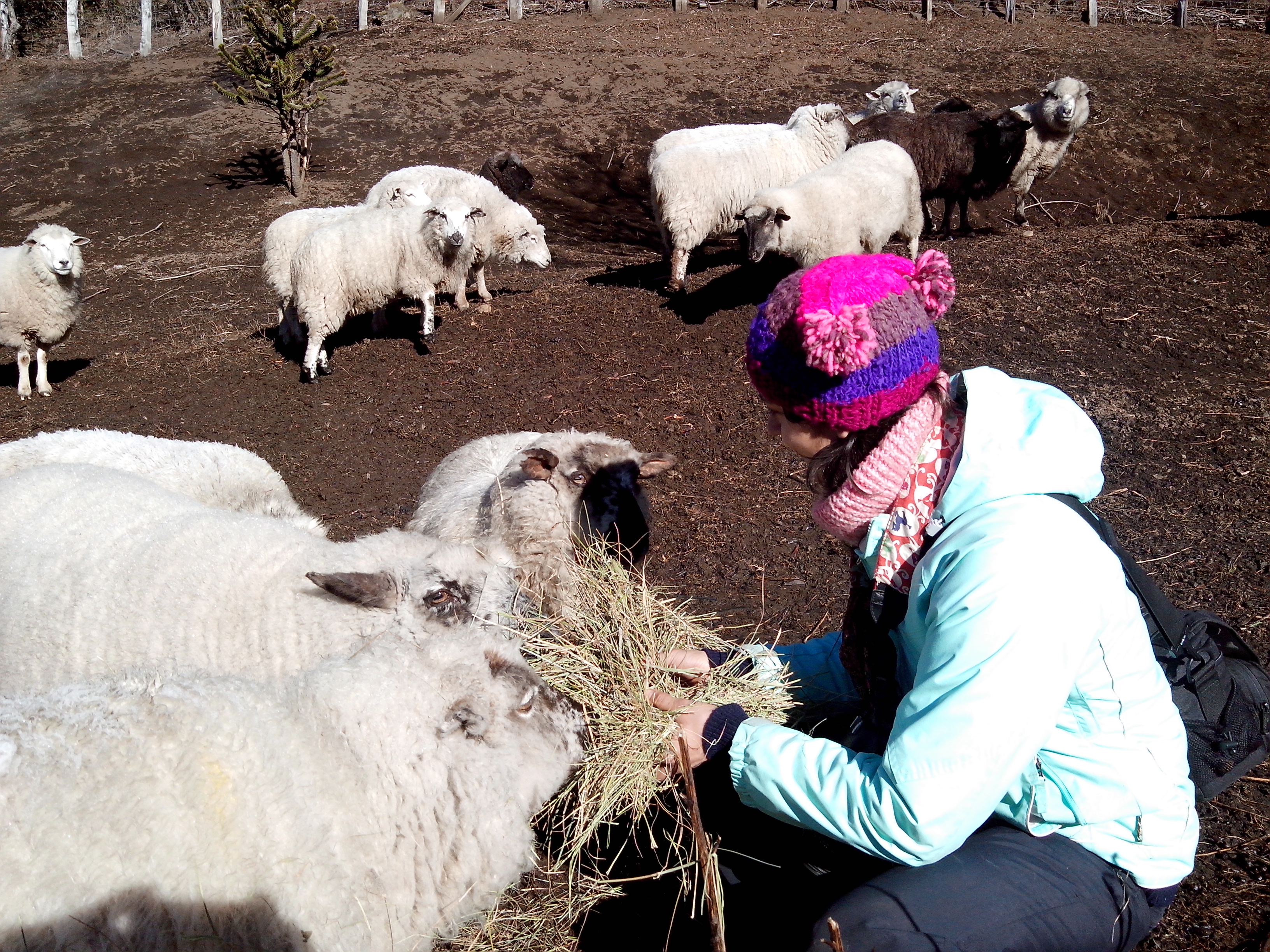
Practical information Chile : Packing list
As the climate is not very predictable, our recommendations are to bring the following equipment:
- A back pack of 20 / 30 litres
- Good hiking shoes
- A hat or cap and sun glasses
- A raincoat and warm clothes for the night
- Short pants or removable pants
- Shirts of a material that lets pass perspiration
- A fleece jacket, good socks not to get blisters
- A wool cap for cool nights
- Sunscreen and mosquito repellent
- Personal medical treatments
Practical information Chile : Health recommendations
On the health and security side, you don’t need any special vaccination for Chile. However, we recommend that your regular vaccination scheme is up to date and that you have a Hepatitis A vaccination. For more information, please have a look at www.cdc.gov.
We also recommend that you subscribe a travel and repatriation insurance for your trip to Chile.
Your personal pharmacy
- Your regular medications during treatment
- Drugs against pain: paracetamol or equivalent
- Antidiarrheal – intestinal antiseptic
- Treatment for colds or sore throats
- Anti-inflammatory ointment – eye drops (dust, ophthalmia) – Antiseptic (like Betadine)
- Tablets for purifying water
- Elastic adhesive tape (Elastoplast) – adhesive bandages and compresses – disinfectant, double skin (protection against blisters)
- Type Biafine cream for burns
- Drugs against altitude sickness : ask your doctor
Practical information : All big cities in Chile have pharmacies, as you might imagine. You will certainly find all the basic elements of your first aid kit if you don’t want to carry to much weight with you. However, if you follow any special treatment, better bring your own medication.
Practical information Chile : Documents
Don’t forget
- Passport photocopies
- Copies of your insurance certificate
- Cash and credit card
- Camera and binoculars
- Notebook


